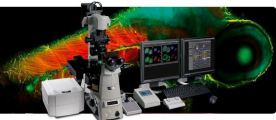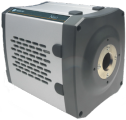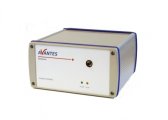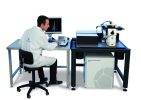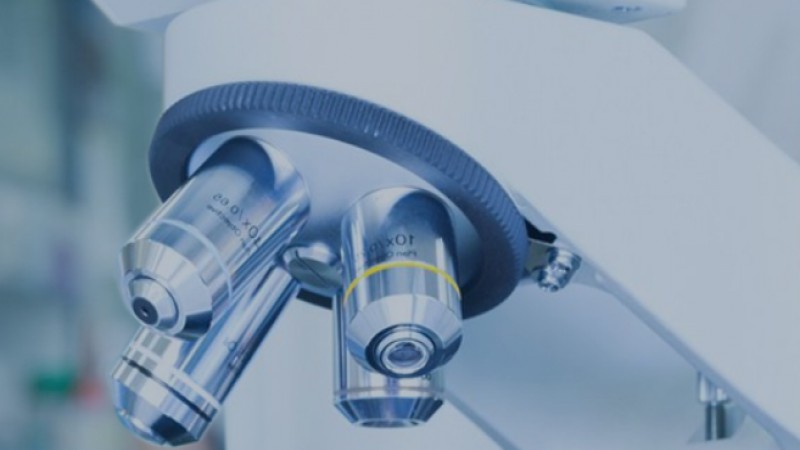
When choosing a CMOS microscope camera, most tend to select by checking its light sensitivity, mega-pixels, and speed. These factors are usually important when selecting the camera but not a must. For a camera to deliver the best outcome, several factors are usually considered which differ with time.
For the CMOS microscope camera to offer the best results, the software, camera, and microscope should work together. Illumination, contrast methods, and microscope optics are the most important elements to consider when purchasing a digital microscope camera.
The following are some of the common factors to consider when choosing the best camera:
Pixel Size
A key factor when choosing a camera is often the volume of light that the microscope provides. When the light on the microscope is less, the camera’s light sensitivity is usually greater. Therefore, a larger pixel offers an outstanding light sensitivity for low-noise and crystal-clear images. A smaller physical pixel scope increases resolution because more pixels can fit in the sensor.
Sensor Size
The size of a sensor usually controls the real-estate where pixels are arranged in a group. Some cameras may incorporate big sensors because the pixel quantity and size are maximized. Cameras used for the documentation of bright-field pictures conventional require a small image sensor. This is because of their small pixel quantity and size.
Resolution
Macro-imaging requires more pixels compared to micro-imaging. Working at high magnifications makes the optical system to be restricted to around 3 or 5 megapixels which can be transmitted to the camera’s sensor. A higher resolution camera usually produces a very large image but additional information would not be gained. When you decide to use the microscope when at a lower magnification, then it means that you require a digital camera with a high resolution. This allows the capturing of all details by your microscope.
CMOS vs. CCD
Most of the CMOS sensors provide high-performance images in demanding applications. CMOS cameras are usually less expensive to process and often evolve rapidly. These cameras always produce a rolling shutter outcome that lessens fluidity during sample movement through the stage. Key parameters like color fidelity, dynamic range, and signal-to-noise are usually more compromised than CCD.
Dynamic Range
The dynamic range is the capability of the digital image to be segmented into shades of color or gray accounted for noise. It is recommended that cameras with bigger dynamic ranges should be used. This is because they can express subtle color changes especially during the application of image-analysis in the measurement of gradations.
Processing of Fast Image
The speed of processing images is very important in applications that require high and fast accurate microstructure’s visualization in color. The speed also helps in quick analysis and archiving. Shading corrections, color interpolation, and image sharpening are directly performed in the camera hardware. This usually occurs without necessarily damaging the speed of the live image.
The discussed factors above are the most important factors you should consider when choosing the right microscope camera. You should not just check about the performance, appearance, or size of the camera, but should ensure that the camera possesses all those factors mentioned above.


